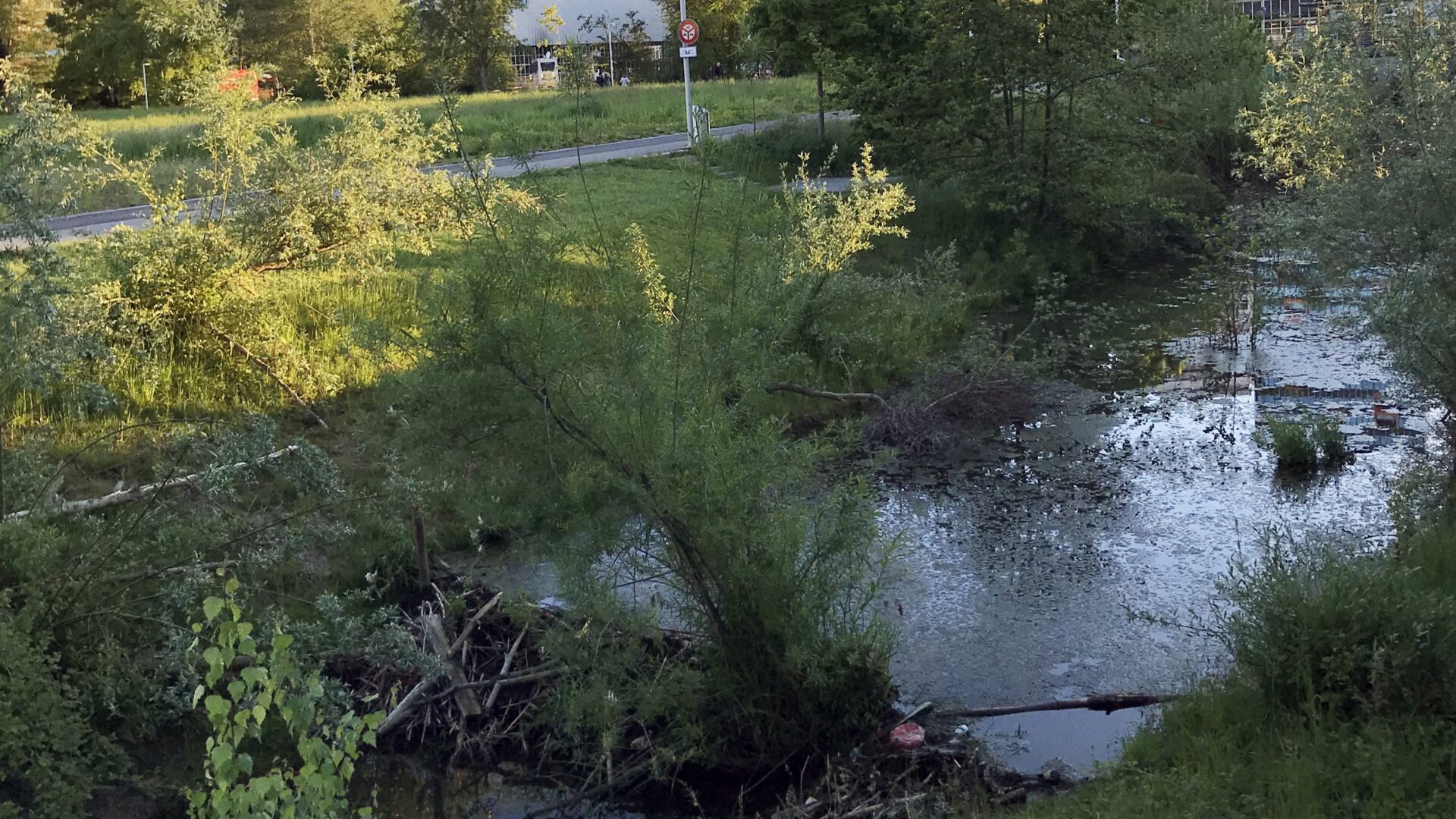Global climate change affects the distribution range of many species and will change the future composition of forests. Because forests provide important ecosystem services, it is important to have accurate prediction models of future species distribution, which need to include the effect of daylight besides the variable factors of temperature and precipitation.
Photoperiod needs to be integrated into species distribution models
Besides offering protective functions, recreational opportunities and goods like timber, forests are an important carbon sink and play a vital role for the global water cycle. With climate change, temperature and precipitation conditions are changing fast in many regions. Consequently, some tree species are forecasted to shift their area of distribution, migrating to higher altitudes and latitudes, where they will find more suitable habitat. Current species distribution models include temperature and precipitation, but mainly neglect that the light regime will change with latitude.
On the Northern hemisphere, plants growing in higher latitudes experience longer days during summer, as well as much more variability in seasonal daylength. Both daily and seasonal photoperiod provide important cues for growth and development of a tree species. Due to their long generation times woody plants like trees and shrubs are limited in their potential for rapid evolutionary adaptation to new environmental conditions – and planning periods in forestry can easily exceed 100 years. Therefore, it is key to understand the role of photoperiod for tree functioning and for future species distribution. More accurate prediction models allow for an adjusted forest management, suitable mitigation measures, and the risks for economic and ecological disaster can be lowered.
The project team of Arthur Gessler, Niklaus Zimmermann at WSL and Victor Resco de Dios at the University of Lleida, Spain brings together the necessary expertise in ecophysiology, circadian memory and species distribution modelling. The study includes observational and manipulative experiments, where different combinations of temperature, precipitation and photoperiod will be assessed. The project results will generate a mechanistic basis and a conceptual framework to understand how climatic and photoperiod cues jointly affect tree functioning (e.g. photosynthesis) as well as providing important new data for sustainable forest management and future planning. In three workshops—bringing together a diverse audience of scientists, policy makers, managers from forest industry and foresters—the new knowledge is transferred beyond an all-academic audience.
 Share
Share



